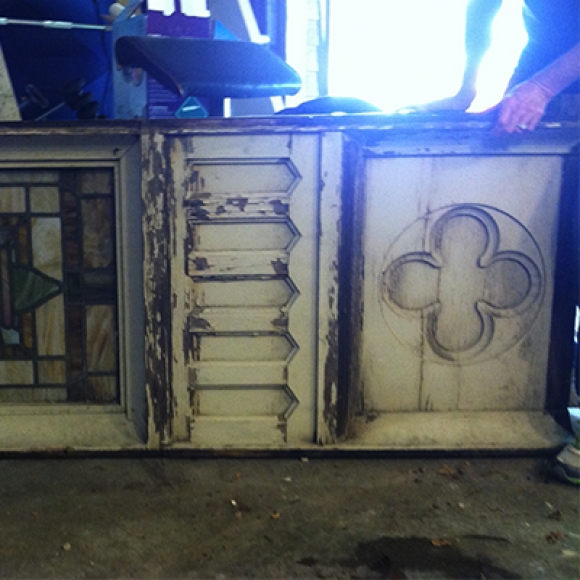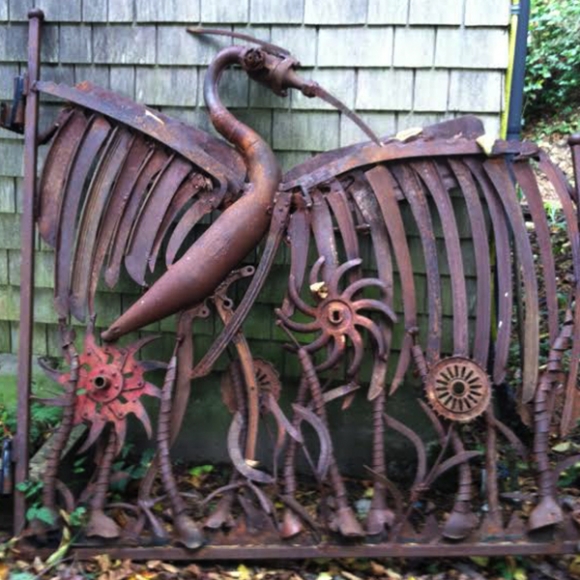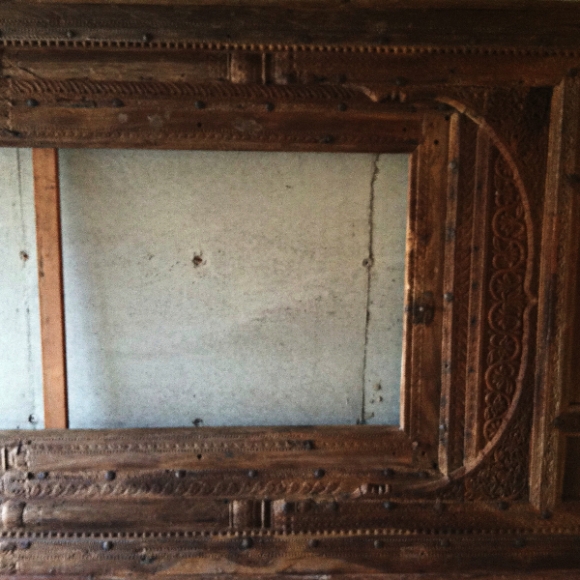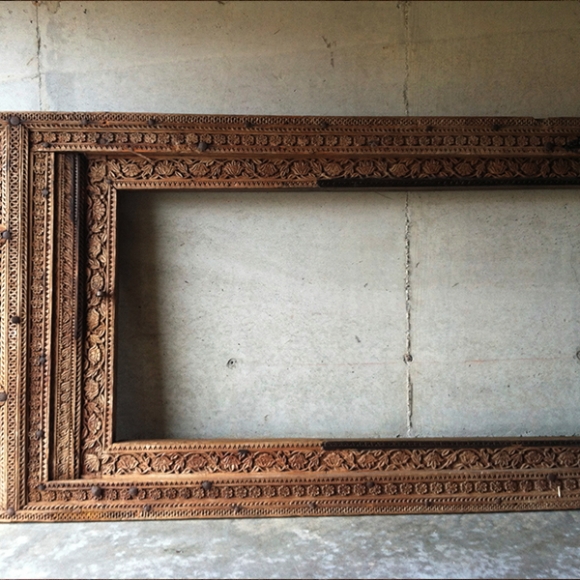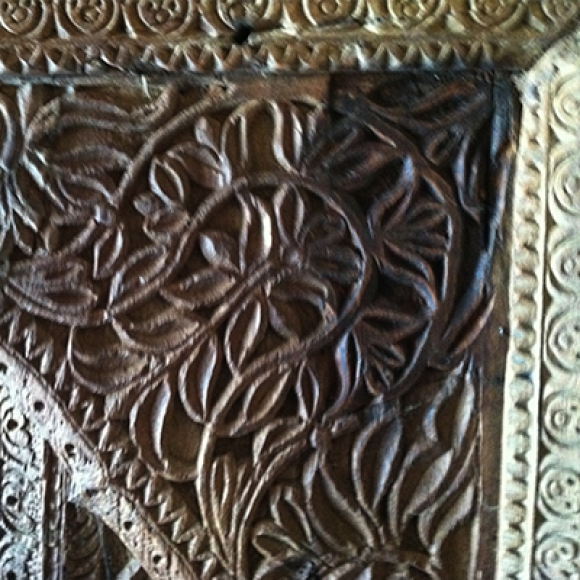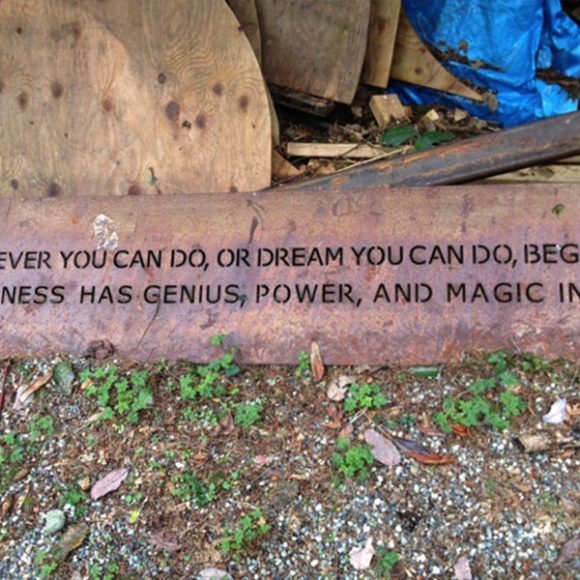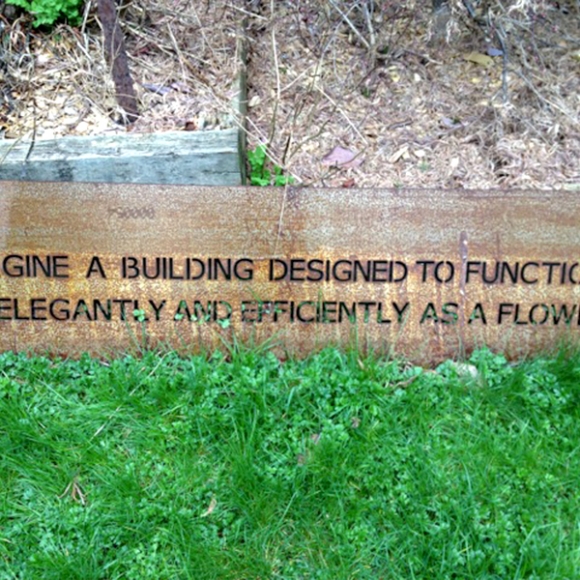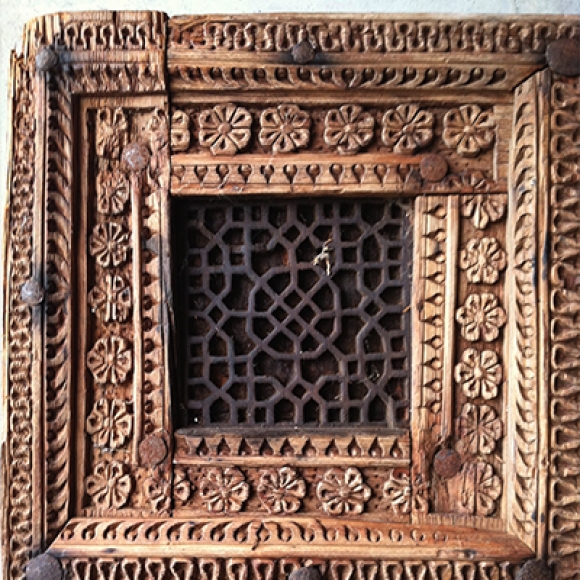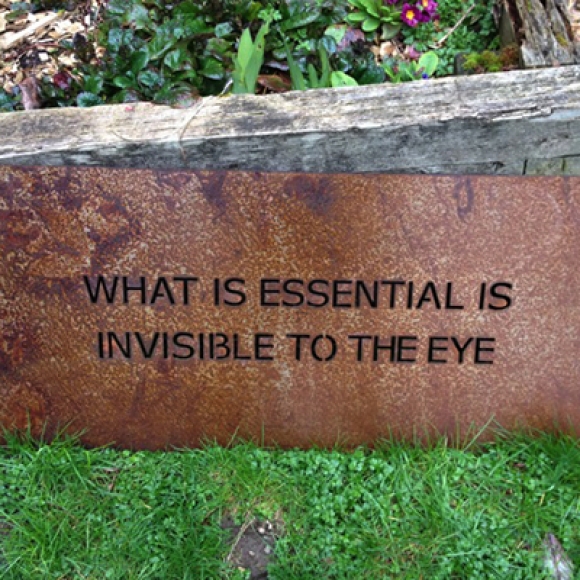
I have never much liked buildings that ‘pretend to be old’ mimicking old building styles from the past such as all the neocolonial and tudor buildings that can be found everywhere. I guess that makes me a modernist. My belief is that buildings should reflect the age that they are built in and be true to the ways in which they are built today.
But when I look at old building materials I always get excited – the history, patina and frankly quality of materials from decades ago is often so superior to what we can find today. Each year thousands of buildings are taken down and hundreds of thousands of tons of still useful material is simply landfilled, a huge and disappointing waste of resources. Thankfully there is also a growing underground economy of architectural salvage places with significant gems available (sometimes overpriced, but often good deals abound.) The key is having time to look and stockpiling good materials you find – and then knowing how best to integrate them into your design for maximum effect. A balance has to be struck so that materials of vastly different age don’t create a disharmonious whole.
A decade ago I began experimenting with what I call ‘salvage modernism’ which is the integration of salvaged materials into modern construction such that the beauty of the salvaged object is displayed and honored. My design for the Green Dirt Farmstead got considerable attention – being featured on the cover of a book called Redux: Designs the Reveal, Recycle and Redefine by Jennifer Roberts in 2005 which focused on using salvage materials. The house also won a few local design awards showing that salvage materials can increase the beauty of a project. For Green Dirt we sourced materials from close at hand as well as on ebay (one of the first projects to ever do so) and we were able to displace a lot of new materials for higher quality salvaged ones.

Images from GreenDirt Farm in Weston, Missouri that integrated great numbers of salvaged items.
So when it was time to design Heron Hall I wanted to push this even further and integrate as many salvaged materials as possible. For the last two years I’ve been stockpiling materials in my yard and at a rented storage place – constantly looking for opportunities to displace the new with the old. I’ve been working with two salvage yards in Seattle in particular – Earthwise Salvage and Second Use Salvage. Both are excellent. My goal was to create a house that was modern – yet felt timeless and poetic.
A few examples of what’s going in the house:
- Giant Stain Glass windows from a 1920’s Seattle Church. The stain glass originally came from Europe, was assembled as window units by Povey brothers in Portland at the turn of the last century and then lived for eighty years in the church. Another 100 years in Heron Hall is next!
- Carved Stone Foo Dogs – originally from Indonesia… brought over to Seattle area for a local residence where it resided for many years – and finally guarding the entrance to Heron Hall.
- Beautiful hand carved doors from Afghanistan – also originally brought over for another project in Seattle a decade ago and then discarded. These will be integrated into my entryway as well as master closet.
- All my interior doors – every single one, will be salvaged – selected from salvage yards in Seattle. Most doors I selected were built between 1910-1940.
- Several interior stain glass and divided lite windows – including a couple large ones that will provide daylight into my unconditioned bike barn. The poor energy performance means they can’t be used thermally – but as interior windows or in unconditioned spaces are great.
- Old clawfoot bathtub… beautiful!
- 100 year old beat up tin ceiling to be restored for a bathroom.
- Tons of Salvage wood for interior paneling – including an old redwood wine vat that will become siding, end block slices from waste wood as paneling and lots of salvage flooring from the region!
- Old light fixtures that will be refitted with LED bulbs
- Old bee skeps (wicker beehives) repurposed as light fixtures
And more!
The list is quite extensive and makes up a sizeable portion of the house’s bill of materials,
greatly reducing the embodied energy and ecological footprint of heron hall.
